With this accelerated rise in the demand for virtual fitness comes the need for online yoga instruction. But all training is not created equally.
Here, we’ll explain how to become a certified yoga instructor – including the requirements. Then we will show you some of the best online yoga teacher training options that exist today.
Here are the certifications we’ll explore:

How to Become a Yoga Instructor
Formed in 1997, the Yoga Alliance® is a nonprofit organization that sets a standard in yoga education and offers accreditation for various teaching institutions. Many gyms and studios require their yoga instructors to be certified with a Yoga Alliance approved curriculum. This type of education comes from an RYS®, a Registered Yoga School that meets the Yoga Alliance standards. Other fitness facilities may simply require that you register with the organization.
While it is not a requirement to have any sort of certification to teach yoga privately, the certification adds credibility to your effectiveness to share your knowledge and technique with others.
You also do not have to be trained by an Alliance approved Yoga Teacher Training to provide yoga instruction. Yoga is an unregulated segment whereby anyone can share their knowledge in a group or private setting. But since many training options are currently virtual, Yoga Alliance accredited certification is much more accessible and highly recommended.
To become certified, you need to enroll in Yoga Teacher Training (YTTs). While some trainings are Alliance approved and some are not, a true certification should be. Recent changes resulting from the pandemic have allowed many more virtual options to be available. The Yoga Alliance has extended their provision to enable an RYS to facilitate their training entirely online through December 31, 2021.
So what exactly is required to become certified?
Requirements to Become a Certified
Yoga Instructor
While we’ve mentioned that anyone can be a yoga teacher if they’re working for themselves, you must complete 200 hours of YTT from a Yoga Alliance approved program to become certified. 300-hour and 500-hour programs also exist if you wish to advance your expertise or specialize in the types of individuals you work with.
It’s also important to note that if you choose to work virtually for a gym or yoga studio, many may have their own requirements as to what certifications and which yoga instructor training you should possess. It’s best to check with your potential employer to determine what you need to be eligible for work.
Much like becoming a personal trainer, insurance is also required to shield yourself from any mishaps or liabilities. Without liability insurance, you are not legally protected.
Now that you have an understanding of what you’ll need to become a certified yoga instructor, read on for some of the best online options for your training.
Best Online Yoga Instructor Training Certifications
With many training options available, and some not accredited, we’ve narrowed it down to some of the best options for certification, with many approved by the Yoga Alliance.
Yoga 200
Movement Wisdom
Yoga Farm Ithaca
The Radiant Warrior Online Yoga Teacher Training offers high engagement. Yoga Farm Ithaca is a 501c3 nonprofit organization with a focus on mindfulness.
The 12-week program boasts being the most ‘in-person’ online yoga teacher training in the world. Also available is a shorter, 8-week accelerated course. All courses have specific start dates with live classrooms, but some self-paced components, like teaching videos that you have up to 1 year to complete.
Topics covered include anatomy and physiology, breathwork and meditation, mindfulness, teaching in schools, ethics, history and philosophy, Asana, and the business of yoga.
My Vinyasa Practice
Offering 200, 300, and 500-hour training and many other specialty programs, My Vinyasa Practice is currently wholly online, and Alliance approved. The RYS maintains its integrity in training and depth of learning while teaching entirely through a virtual platform.
You can work at your own pace and complete training in as little as eight weeks. Training covers Yoga Sutras of Patanjali, the history and philosophies of yoga, energetics, meditation, dharma and karma, chakras, anatomy, Ayurveda, and practices to elevate consciousness.
This YTT also guarantees job placement once you’ve graduated and continues to offer career counseling as guidance if needed.
Uplifted
Brett Larkin, a veteran yoga teacher and an award-winning yoga instructor, boasts 15 years of teaching experience and 5+ years of leading online training.
While many yoga schools are just now accommodating for the new online curriculum, she has been training in a virtual setting for half a decade.
Uplifted takes pride in a high-impact online learning experience with award-winning video content, a 600-page physical manual, and accountability with a set group of classmates.
Training includes anatomy, meditation, Asana, Yin, Ayurveda, Fascia, injury management, social media marketing, chakras, and more. This course is not “go at your own pace,” so it’s suitable for anyone who prefers structure. Every student graduates together.
YogaRenew
This comprehensive YTT provides a strong foundation for yoga philosophy. The entire yoga certification is self-paced, so you can finish as quickly as you’d like or take your time to let it all sink in.
Topics covered include history and philosophy, anatomy, Asanas, Pranayama, meditation, business & marketing, Mudras, teaching tips, chakra, and more.
Your enrollment includes access to an active Facebook group full of students and graduates offering support from all over the world and lifetime access to the course materials.
Santosha
Santosha proclaims their course is “so much more than just a yoga training… this is a physical, emotional, and spiritual journey, from our heart to yours.”
As an established RYS with 12+ years of Yoga Teacher Training experience, the online training courses are fully flexible to fit your schedule.
Santosha offers the ability to start right away with immediate access to the course material. With interactive live classes via Zoom, you’ll receive extensive support from your teachers and peers alike.
The curriculum includes anatomy, postures, philosophy, therapeutic application, meditation, yoga business, Pranayama, Mantra & Kirtan, Yoga Nidra, and more.
Drishti Beats
This 200-hour Yoga Teacher Training is a globally connected teacher training filmed worldwide, creating an immersive training experience at your own pace.
With beautiful videos and a logical structure, you’ll learn vinyasa flow, Asana, meditation, anatomy, Pranayama, Sanskrit, Mantras, Mudras, Dharma, Krias, learn how to treat injuries, and work with special populations.
Drishti Beats offers internationally recognized training, which is key to having your work valued and your skills acknowledged.
A Final Word From a Fitness Professional
Whichever Yoga Teacher Training you choose, now is a great time to get on board with the online fitness teaching trend. While virtual training has skyrocketed since the beginning of COVID-19 in early 2020, studies show the movement is here to stay.
In the aforementioned MindBody study, 46% of survey participants said they would continue to make virtual training a part of their routine, even after gyms and studios reopen and they’re comfortable returning in-person.
With so many people in the world looking to continue reaching their fitness goals in an at-home setting, there is no better time to get certified in online training.
Are you looking to go beyond a yoga specialty? Check out Fitness Mentors’ Ultimate Virtual Bundle to become a certified online personal trainer and fulfill your dreams of financial freedom!


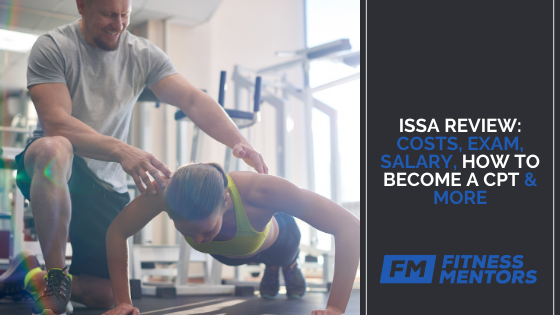




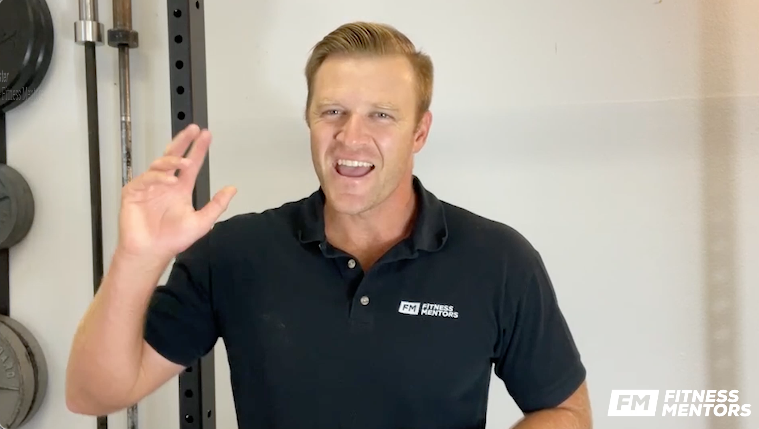







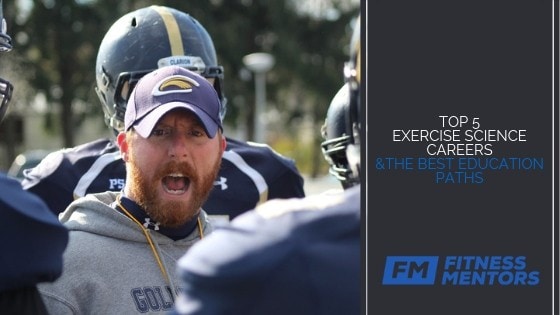




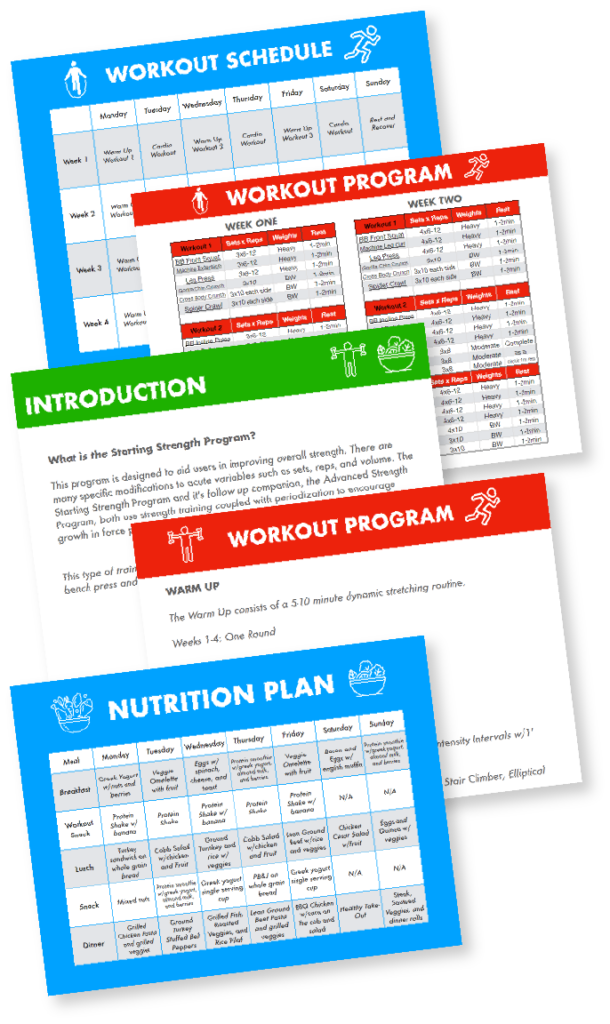

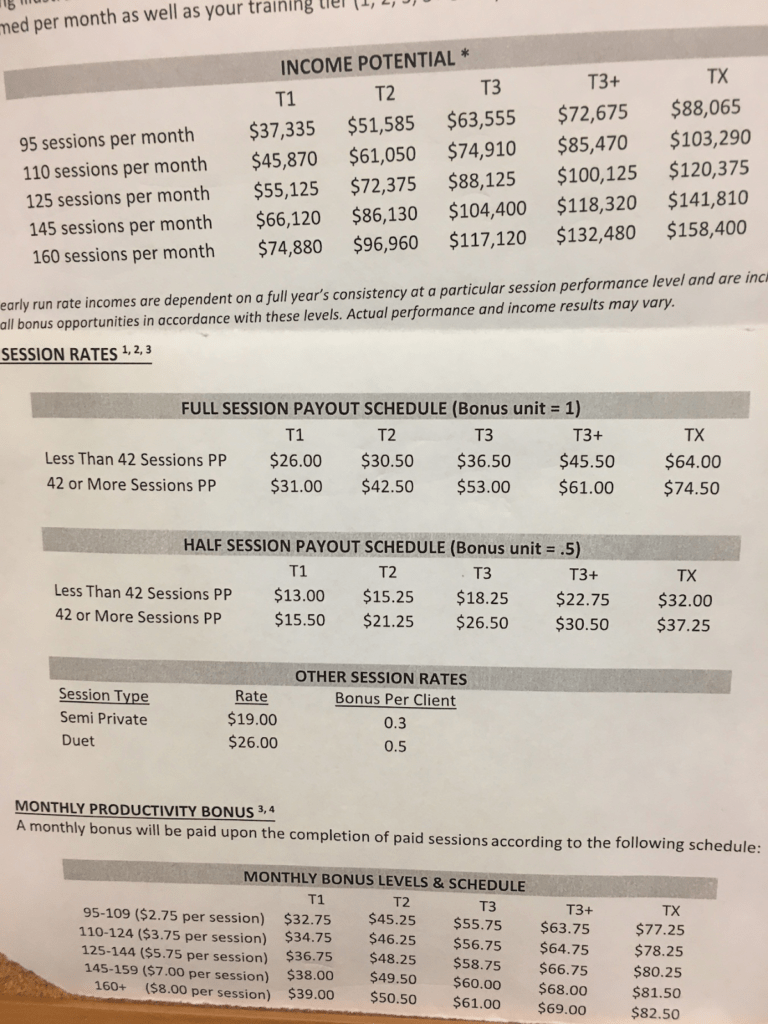

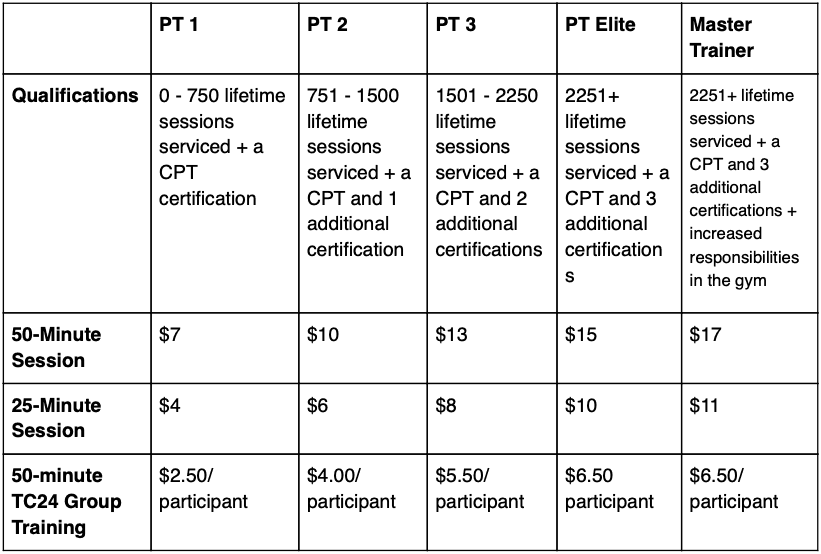






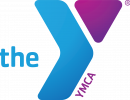

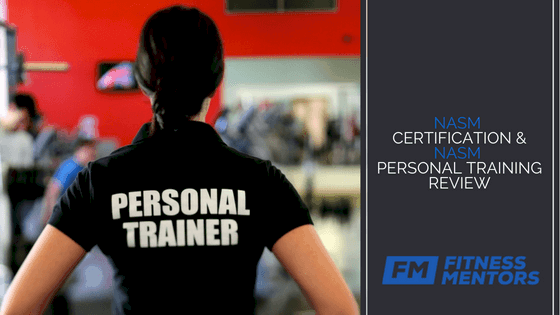


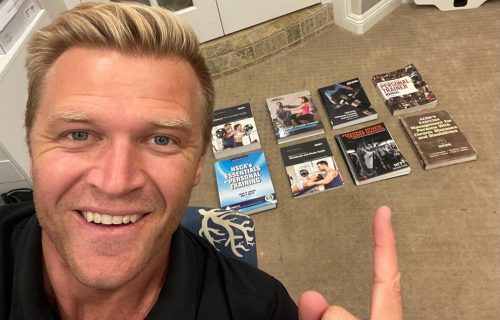
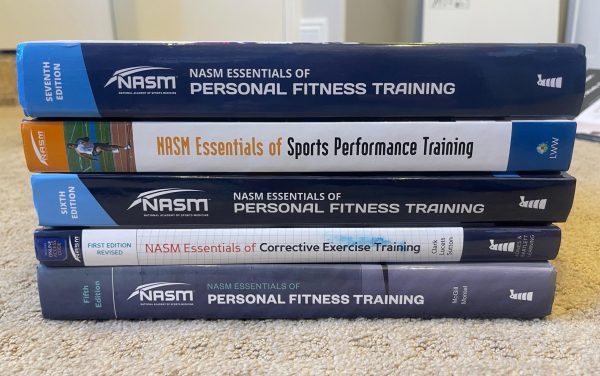
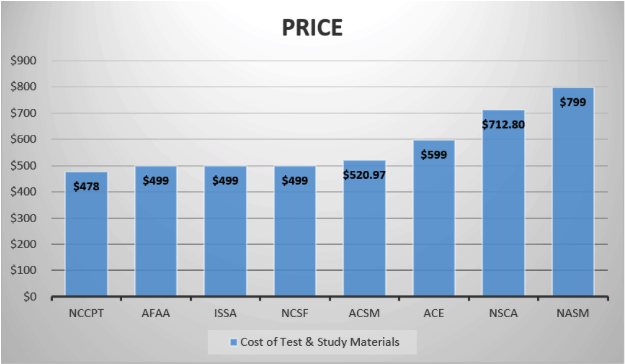

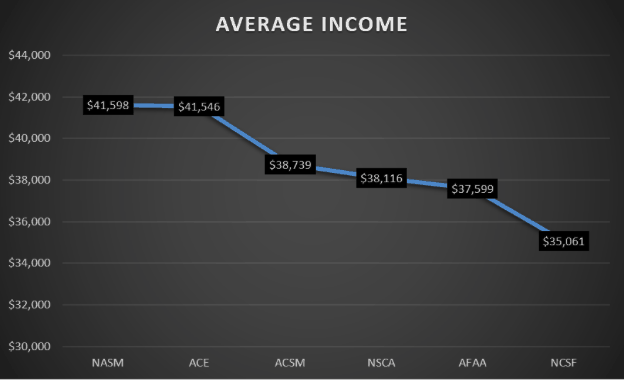


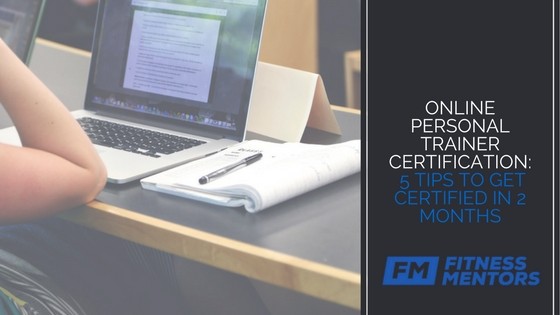
The Fitness Mentors Certified Online Personal Trainer (FM-COPT) is the only company nationally recognized by the NBFE (National Board of Fitness Examiners) to offer an Online Personal Training Certification.